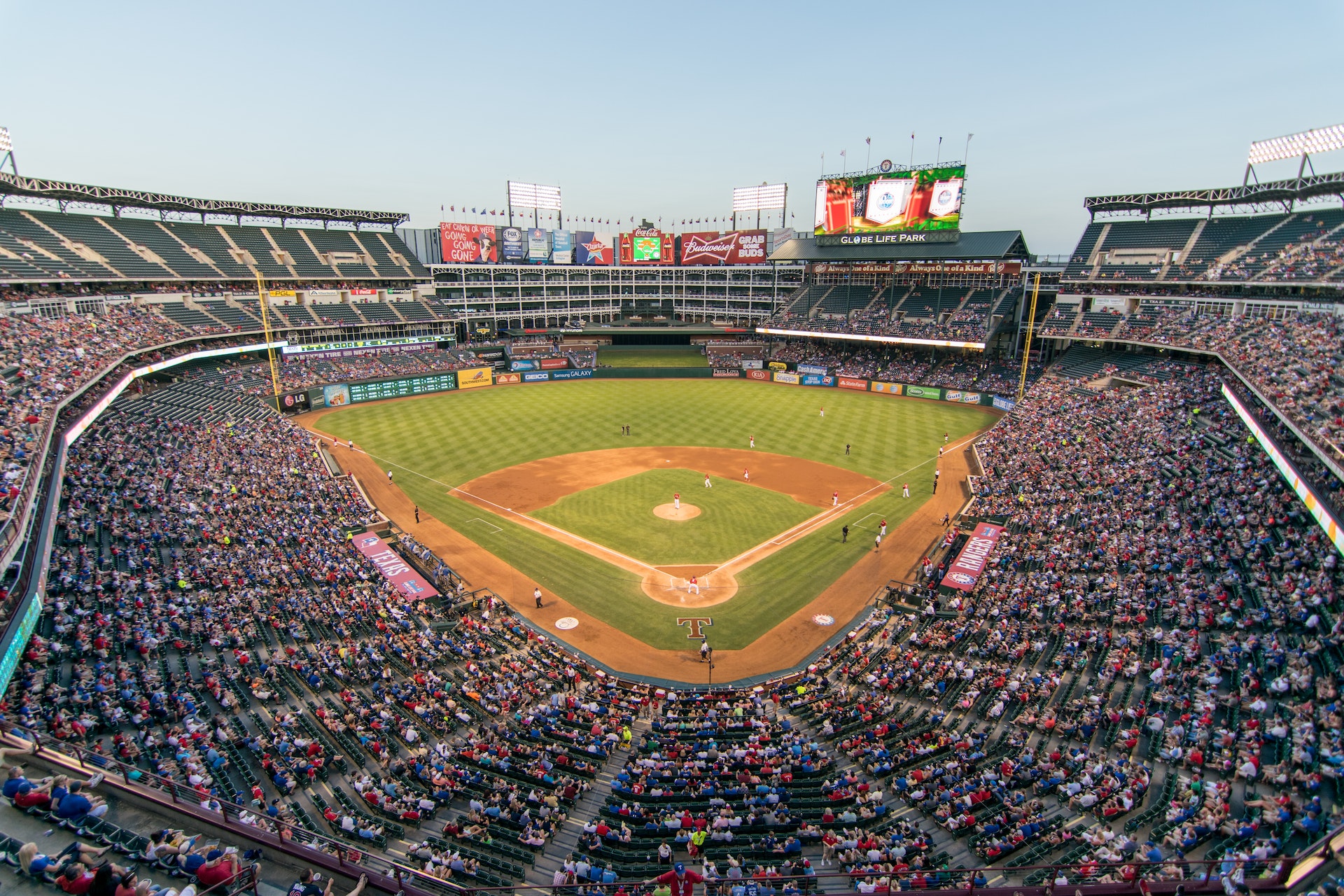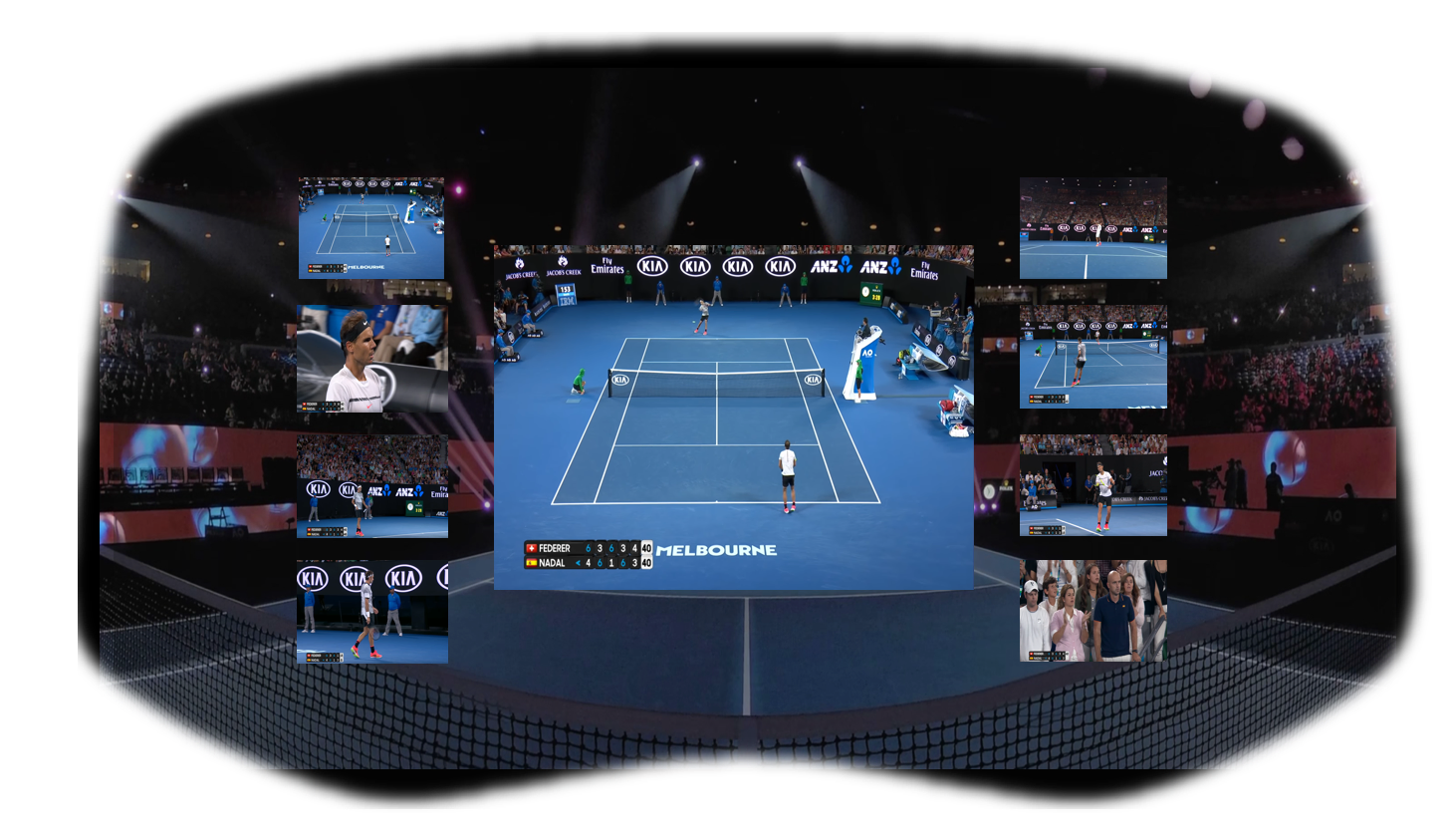
YBVR provides immersive tech to Bowling for the IBF Super World Championships at Dubai
A live scenario piloting the ‘fan in control’ experience that immerses fans through StrikeCloud took place at the IBF Super World Championships 2021 from Dubai in November, powered by YBVR. SAN JOSE, Calif., Dec. 22, 2021 /PRNewswire/ — YBVR, the leading immersive XR streaming solution that unlocks live event emotions for millions of viewers across devices, today presented the technology pilot conducted in Dubai this November at the IBF Super World Championships from Dubai Expo 2020. Thanks to YBVR immersive tech, bowling fans from around the world have enjoyed a live immersive experience from home and in mobility, from multiple devices – Mobile (Phones/Tablets), Web (PC/MAC) and Oculus VR headsets. Fans from 83 countries took the opportunity to feel as if they were present at the finals of the World Championships. Thousands of beta users have tested the StrikeCloud Immersive concept, with high interest from users in Sweden and USA as both countries medaled. With YBVR patented tech, fans can select the preferred angle with a multi-cam choice and an immediate synchronized camera change. On top of this, they can also select 360-degree views to check out the actions from the lanes, close up! “At the very start of our digital transformation plans, we connected with YBVR to help us discover a new distinctive way to unlock the sport’ said Chris Neilson, Innovation & Business Development Director at IBF”. He continued: “It’s been extremely exciting to see this vision come to life during our IBF Super World Championships at Dubai Expo2020, showcasing the flexible interactively to consume the sport by providing full control to the fan across multiple devices. By immersing fans from anywhere into our outdoor setup ensured we could celebrate with the loyal bowling enthusiasts and welcome the new fans with a well-balanced hybrid experience that will take bowling into the next millennium”. “YBVR is proud in being part of the journey with IBF and the International Bowling community’ said Hector Prieto, YBVR CEO. ‘We will support and be there with key stakeholders of bowling to ensure everyone across the world can enjoy in real-time, the live emotions of sport bowling!” After this validation, the industry has ambitious plans for the full deployment of the YBVR technology across National Federations, broadcasters, academies, and tournament organizers. Very soon, the emerging Virtual Ticket to the Metaverse of Sports will allow passionate bowling fans to feel the sport closer than ever before, regardless of the limitations of space for those that cannot be physically present at a tournament itself. Try out on your device: The immersive bowling experience StrikeCloud 360. About YBVR YBVR is re-defining the way fans experience live sports and entertainment engaging from home, and in-venue. Even without being in-venue, fans can now experience the magic of ‘being there’. YBVR tech enables a new immersive and interactive dialogue with sport fans, especially the new generations. YBVR cloud-based tech empowers sport and music event organizers and right-holders with new assets for engagement and monetization. Fans can decide when, how, what and with whom to enjoy live streaming with premium viewing experiences, in real-time, and across devices. YBVR headquarters are in California with a development team in Madrid and commercial presence in Japan, Singapore, and Australia. About International Bowling Federation (IBF) The International Bowling Federation represents member federations and bowlers from across the world. At the heart of what we do, uniting us all, is our mission to connect the world with the greatness of bowling. Connecting further, faster, for all. Ninepin, Tenpin, academy, para, male, female, young, old; whoever you are, wherever you come from, our sport crosses cultures. Truly inclusive, united by a passion for bowling, we bring the world closer together by innovating our sport with technology and data. Championing the best of bowling. Guardians of our sport, we show bowling at its best. By removing the complexity and barriers to play, without compromising the integrity of our sport. IBF is the International governing body for the sport of Tenpin, Ninepin and Para Bowling representing five continental zones and 114 member federations. IBF was recognized by the International Olympic Committee (IOC) in 1979 as the world governing body for the sport of Bowling and by the International Paralympic Committee (IPC) in 2019 for Para Bowling.









